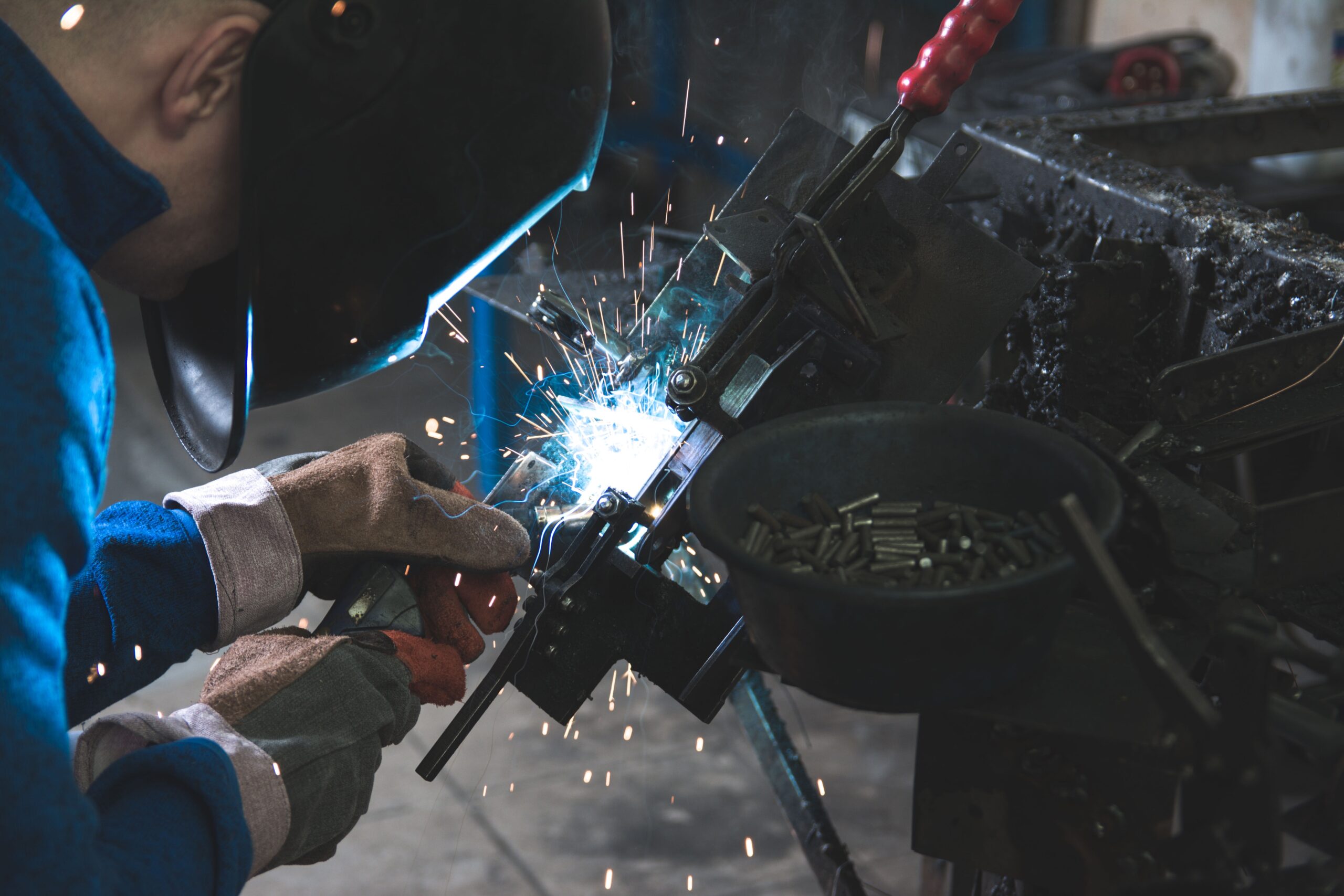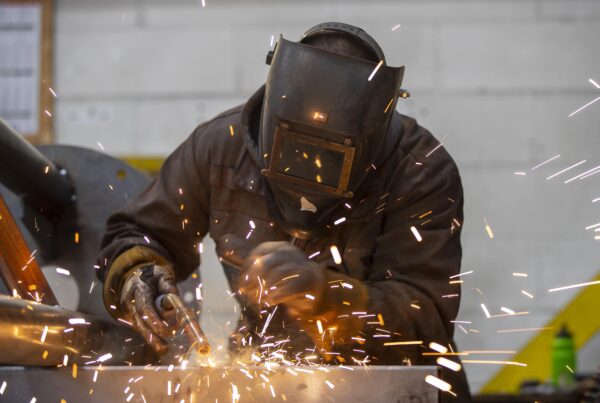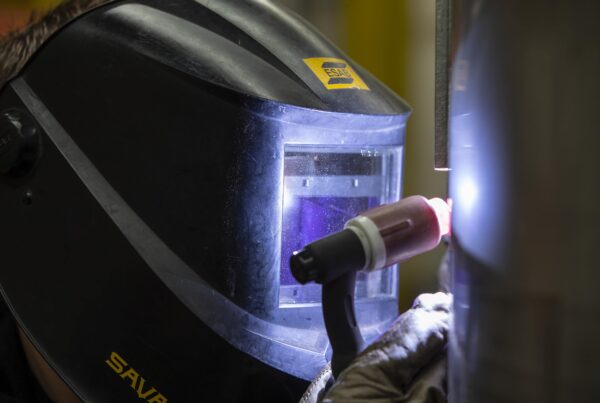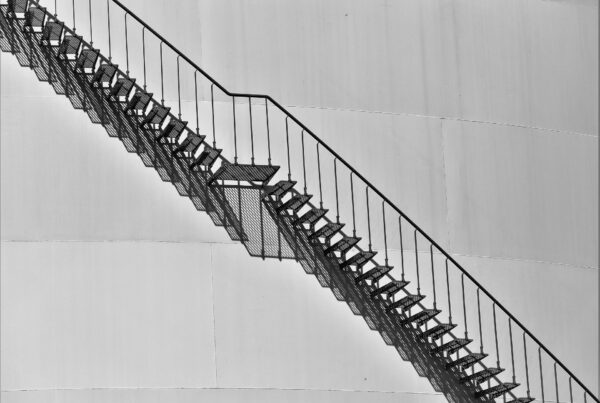The thickness of most sheet metals ranges from 0.5mm to 6mm. Identifying the ideal thickness of metal to use for a particular fabrication depends on a variety of considerations, and for that reason it is easy for less experienced fabricators to get wrong. Among the more obvious considerations is price – you don’t want to buy, work, and transport more material than you really need. On the other hand, nothing will be more expensive in the long run than under-build, so you need to get it right.
Thin sheet metal has remarkable strength to weight ratio to begin with and this, of course, is the reason it is so often the material of choice. For example, steel roofing exerts far less weight on the supporting walls and trusses than do traditional materials such as roof tiles, and for the same reason will span greater distances with less supporting structure below.
In fabrication, thin sheet metal has even more advantages over welded metal plates, requiring less labour and ongoing maintenance. The more you can create your product by skilful turning and bending from a continuous sheet, the more durable the result tends to be in service. Some parts of the Apollo moon lander walls were just 1.524mm in thickness.
The factors arguing for heavier sheets are numerous and some are less obvious than others. Clearly, for many applications, strength and rigidity are limiting considerations. Rigid objects will obviously require a thicker (lower gauge) sheet metal. If it needs some flexibility or has continuous curves you will prefer a thinner choice when possible.
Our skilled designers can apply a range of scientifically determined algorithms to compute the appropriate gauge of particular metals and alloys necessary to withstand the likely shear, torque or compression forces. However, it isn’t only the metal or its thickness that determines these limits: structure is equally important. Some common geometries include box tubes, round tubes, C-channels, flat bars, I-beams and angle irons. Each one transfers mechanical forces in its own particular way offering a range of advantages in different scenarios. Fortunately, today we can model these forces and solutions on a computer screen.
Perhaps less obvious are the effects of welding and riveting (or even glueing). Riveting obviously focuses stress upon rivet points and consequently, the material and its thickness must be chosen to accommodate the stresses in those specific areas. Welding mostly avoids that problem but changes the molecular structure of the metal itself. As a result, welds on thicker sheet metals tend to have higher resistance to low cycle (plastic) deformations but lower fatigue strength against high frequency (elastic) deformations compared to thinner sheets of the same material. In other words, the way that thickness will affect sheet metal qualities is not always obvious.
Other factors, such as weather exposure, salt and chemical attrition, temperature tolerances or the need to apply other layers or treatments may also influence a decision. The type and grade of metal is often determined by those factors. It helps to remember that the thickness of different metals isn’t always measured the same way. Even the thickness of 30-gauge galvanised differs from that of plain 30-gauge steel.
In conclusion, it should be understood that the thickness of sheet metal affects the entire workflow of a project from beginning to end – determining the design, equipment, fixing techniques and project timescales. Always choose an experienced and fully equipped contractor – such as Walker Engineering – who can advise and undertake every stage of your metal fabrication project with precision.











Recent Comments